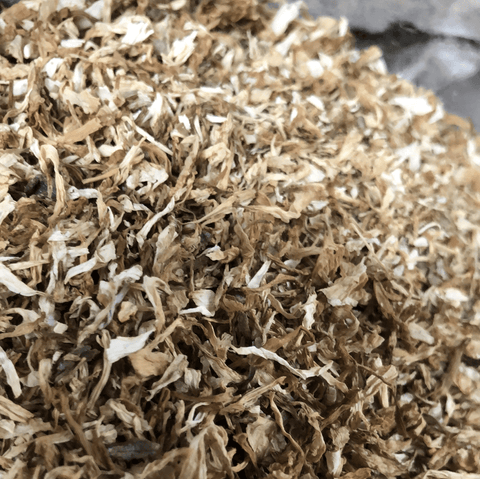COMMON NAME
Standardized: chrysanthemum
Other: florist's chrysanthemum, mum
BOTANICAL NAME
Chrysanthemum sp.
Plant Family: Asteraceae
INTRODUCTION
The wild chrysanthemum is a sprawling, leafy plant with clusters of daisy like flowers at its crown. Though it was first officially described in the west by the famous Botanist Karl Linnaeus in 1753, it has a long and rich history in Eastern medicine. The Chinese first described the flower in the 15th century B.C.E., and by the 8th century C.E., it was introduced to Japan. Enthralled by its brilliant appearance and variety of uses, it became a national symbol in Japan and is recognized as the official seal of the Emperor. It continues to be one of the most important herbs in traditional Japanese medicine, and is thought to hold the power of life.
CONSTITUENTS
Ascorbic acid, beta-cartone, calcium, fiber, folacin, iron, magnesium, niacin, potassium, riboflavin, essential oils.
PARTS USED
The whole flowers, dried, sometimes powdered.
TYPICAL PREPARATIONS
Teas, tinctures, creams, lotions. When making the tea, be sure to allow the herb to steep in hot water for no more than 10 minutes in a closed vessel, to preserve the essential oil. May also be taken as a capsule.
SUMMARY
The chrysanthemum is sometimes known as "The Queen of Fall Flowers" in the United States due to its beauty and high visibility in displays and decoration. It is often included in college homecoming festivities and it is the largest commercially produced flower in the US due to its ease of cultivation, ability to bloom on schedule, and its wide diversity of form and color.
REFERENCES
Specific: Persons highly sensitive to ragweed (Ambrosia artemisiifolia) may be sensitive to chrysanthemum.
General: We recommend that you consult with a qualified healthcare practitioner before using herbal products, particularly if you are pregnant, nursing, or on any medications.
*These statements have not been evaluated by the Food and Drug Administration. These products are not intended to diagnose, treat, cure or prevent any disease.*
